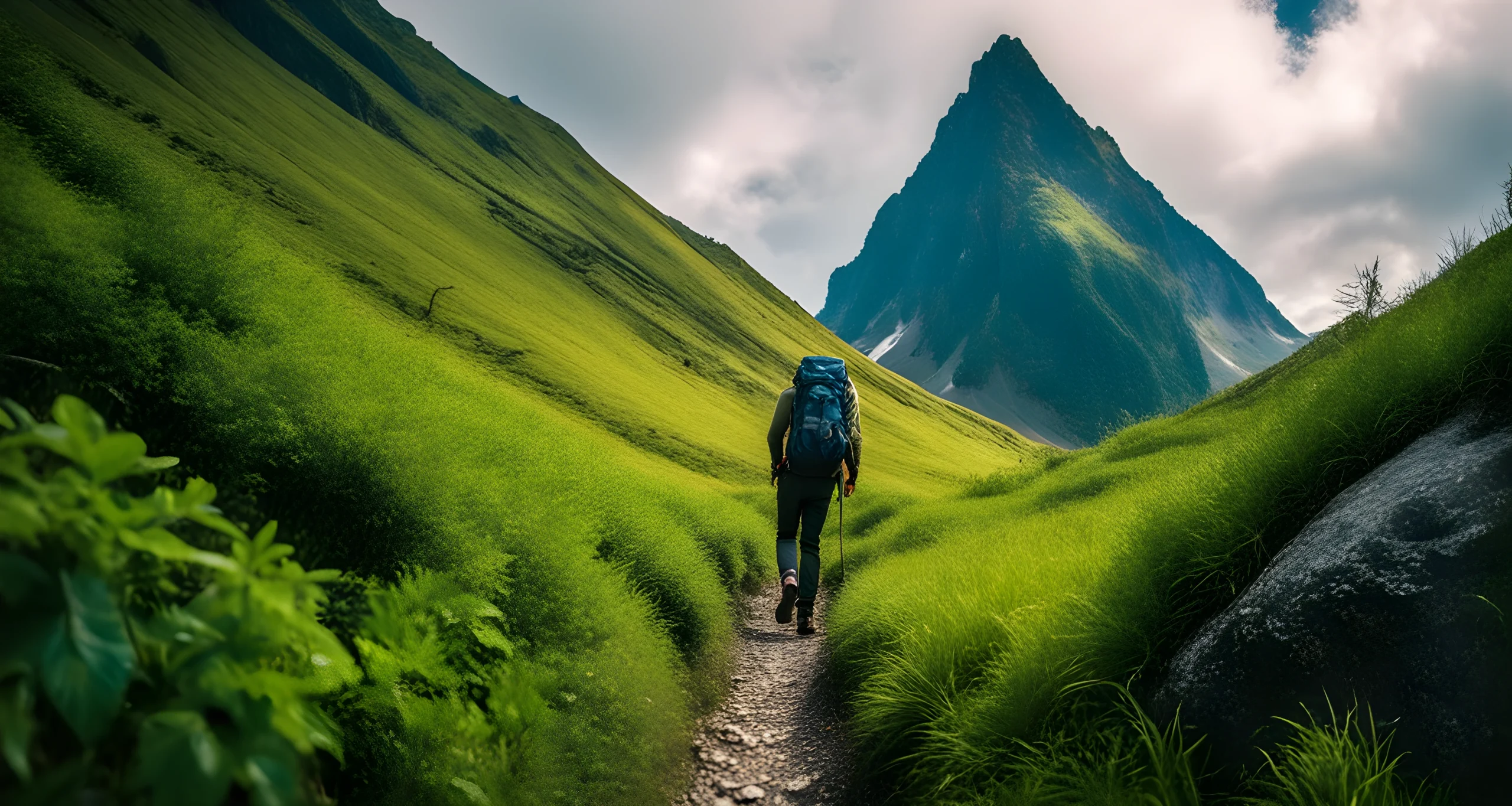Introduction
Backpacking offers an incredible way to explore the world, combining adventure, cultural immersion, and personal growth. Whether you’re a seasoned backpacker or a newcomer to the world of budget travel, there are numerous destinations around the world that cater to different interests, budgets, and skill levels. From the popular routes in the United States to international destinations like Southeast Asia, Central America, and Europe, there is no shortage of options for adventure seekers.
For those who are looking to embark on a budget-friendly backpacking trip, it’s important to carefully consider various factors before setting off on your adventure. Factors such as transportation costs, accommodation options, and daily expenses can all impact your overall travel budget. By creating a detailed travel budget spreadsheet, you can effectively plan and manage your expenses throughout your journey.
When refining your budget, it’s essential to break down your expenses into general categories and subcategories. This will allow you to allocate funds accordingly and make adjustments as needed. Whether you prefer budgeting by item or category, having a clear understanding of where your money is going will help ensure that you stay within your financial means while on the road.
In the upcoming sections of this article, we will delve into the top 10 backpacking destinations for adventure seekers. From the picturesque landscapes of Southeast Asia to the rich cultural heritage of Europe, there are countless options for those looking to explore the world on a budget. Additionally, we will provide valuable insights into creating a comprehensive travel budget spreadsheet and making necessary adjustments along the way.
Stay tuned for our next section where we discuss "Factors to Consider When Planning a Budget Trip" and be sure to check out our article on Economical vacation spots for more inspiration on affordable travel destinations around the world. Happy adventuring!
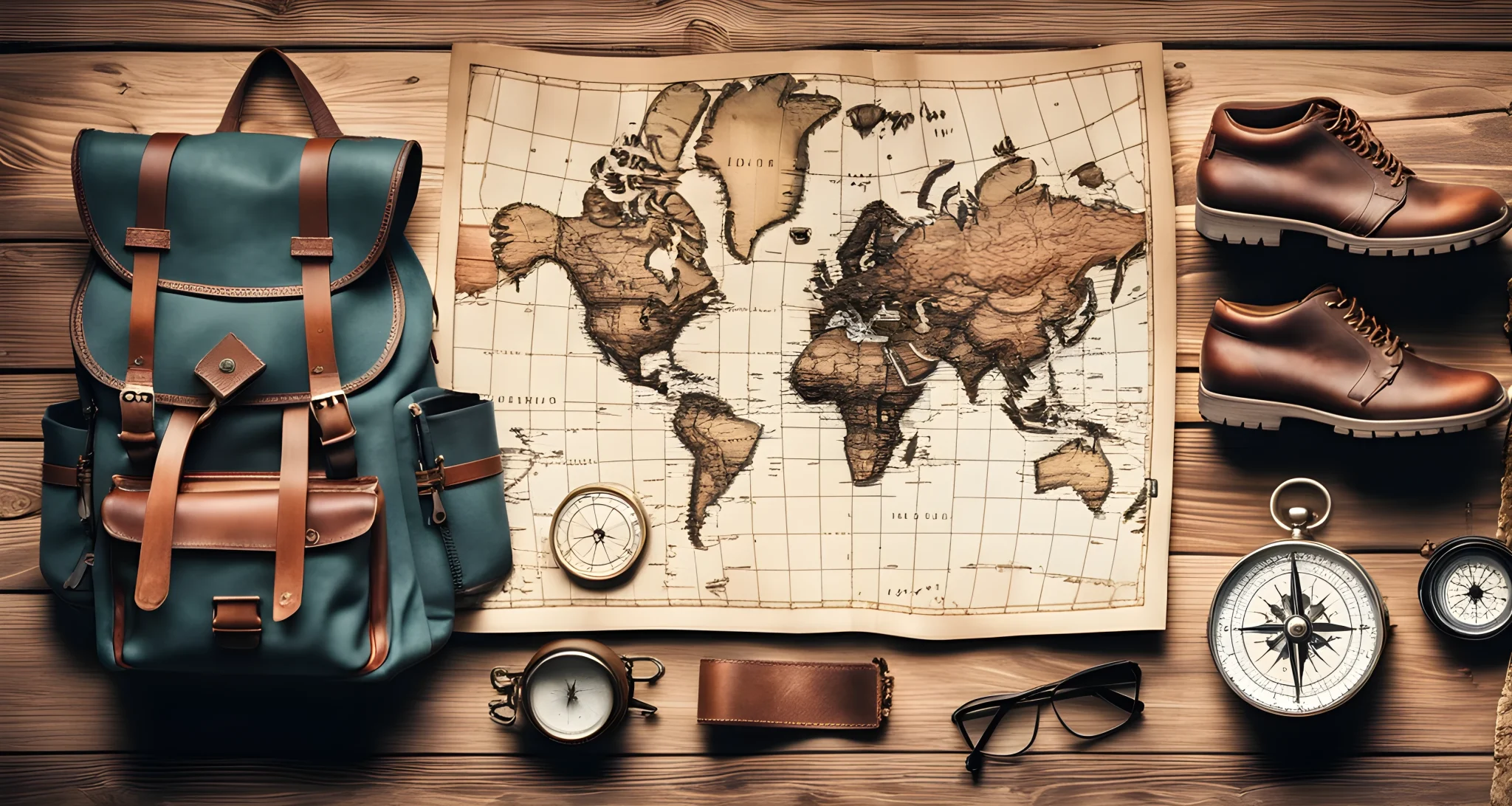
Factors to Consider When Planning a Budget Trip
When planning a backpacking trip, there are several important factors to consider in order to ensure a successful and budget-friendly adventure.
Time of Year
- The time of year can have a significant impact on both the cost and feasibility of a backpacking trip.
- For example, choosing to travel during the off-peak season can result in lower prices for accommodation and transportation.
- Additionally, certain trails may be inaccessible during certain times of the year due to weather conditions, so it’s important to plan accordingly.
Weather Conditions
- It’s crucial to consider the weather conditions when planning a backpacking trip.
- Inclement weather can not only affect the overall experience but also potentially pose safety risks.
- Researching the typical weather patterns for the destination and time of year is essential for packing appropriately and being prepared for any unforeseen changes.
Local Regulations
- Different destinations may have specific regulations and restrictions when it comes to camping and hiking.
- It’s important to familiarize yourself with these regulations before embarking on your trip in order to avoid any potential fines or legal issues.
- Additionally, some trails may require permits or have limitations on group sizes, so it’s essential to plan accordingly.
Peak Seasons
- Certain backpacking destinations have peak seasons when they are particularly popular due to favorable weather conditions and vibrant scenery.
- Understanding these peak seasons can help in avoiding crowds and securing accommodations at more reasonable prices.
- For example, some trails in the United States are particularly popular during the late summer and early autumn seasons when the weather is mild and the scenery is at its most vibrant.
By taking these factors into consideration, travelers can effectively plan a budget-friendly backpacking trip that aligns with their preferences and ensures a memorable adventure. For more tips on budget travel, check out our article on Affordable Family Vacation Spots.
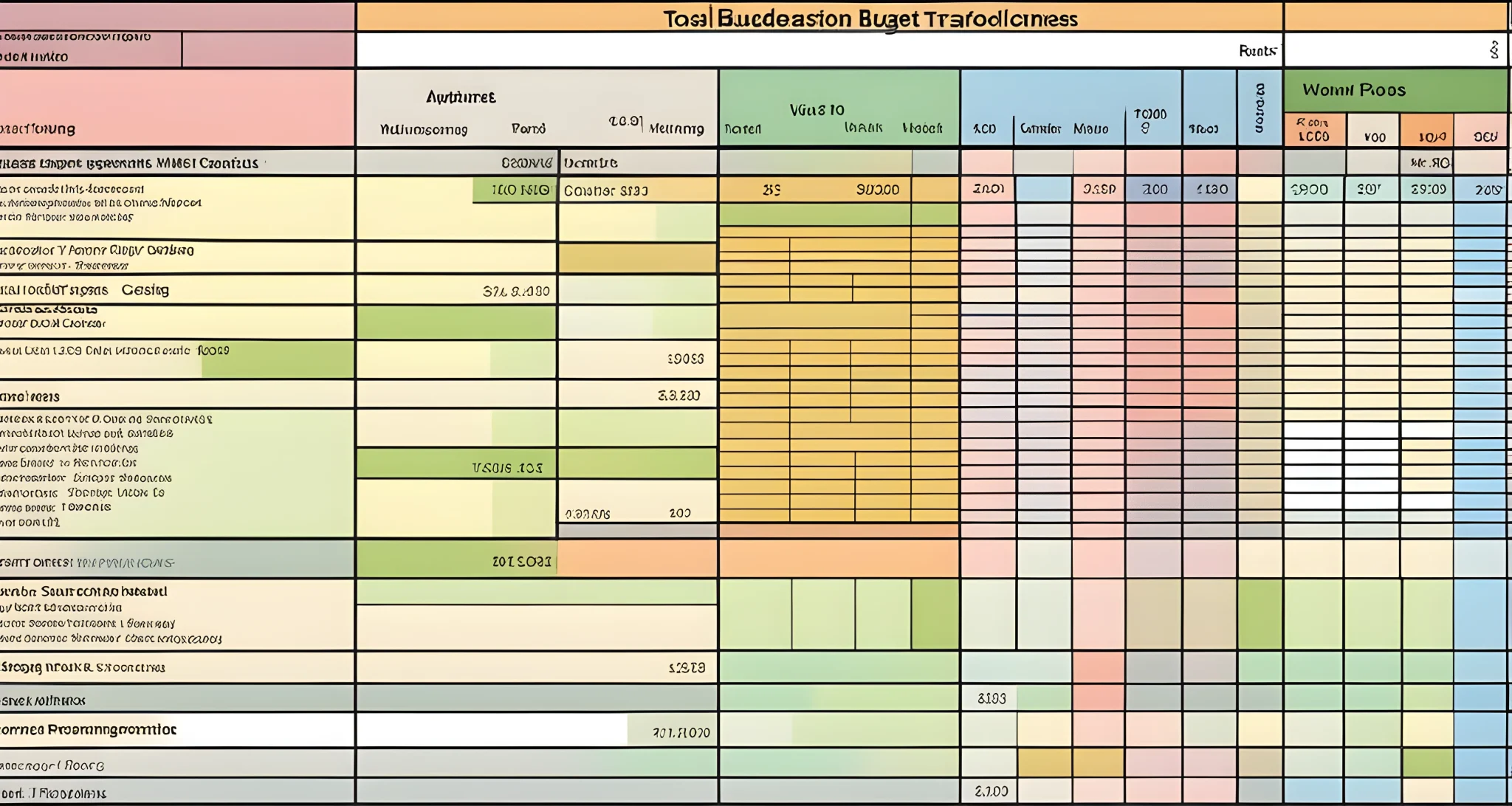
Creating a Detailed Travel Budget Spreadsheet
When planning a budget trip to one of the top backpacking destinations, it’s essential to create a detailed travel budget spreadsheet to ensure that you have enough funds for your adventure. This will help you keep track of your expenses and make adjustments as needed throughout your trip.
Research Popular Backpacking Routes
Start by researching popular backpacking routes such as the John Muir Trail, the Teton Crest Trail, and the Wonderland Trail in the United States, as well as international destinations like Spain and Thailand. These routes offer breathtaking mountain vistas, pristine lakes, and diverse wildlife.
Consider Factors for Your Budget
When creating your travel budget spreadsheet, consider factors such as transportation, accommodation, food, gear, permits, and additional activities. Be sure to include any specific expenses related to the backpacking route you’ve chosen.
Use Subcategories for Detailed Tracking
Break down your budget into general categories such as transportation and accommodation, and then further refine it with subcategories like flights, bus/train tickets, hostels/camping fees, and meals. This level of detail will give you a clear understanding of where your money is going.
Utilize Tools for Budgeting
There are many tools available for creating a comprehensive travel budget spreadsheet. You can use budgeting apps like Mint or YNAB to track your expenses in real-time and easily make adjustments as needed.
Incorporate Essential Gear Costs
Don’t forget to include the cost of essential backpacking gear in your budget spreadsheet. Items such as a durable backpack, lightweight tent, sleeping bag, and portable stove are crucial for a successful backpacking trip. For more information on essential gear, check out Essential Backpacking Gear.
Keep Room for Flexibility
While it’s important to stick to your budget, it’s also essential to leave room for flexibility. Unexpected expenses may arise during your trip, so having a buffer in your budget will help you handle these situations without stress.
By creating a detailed travel budget spreadsheet that includes all aspects of your trip, from transportation to gear costs, you’ll be well-prepared for an adventure-packed backpacking journey.
Remember to continue reading the next section "Refining Your Budget: General Categories and Subcategories" to learn how to further refine your budget for an amazing backpacking experience!
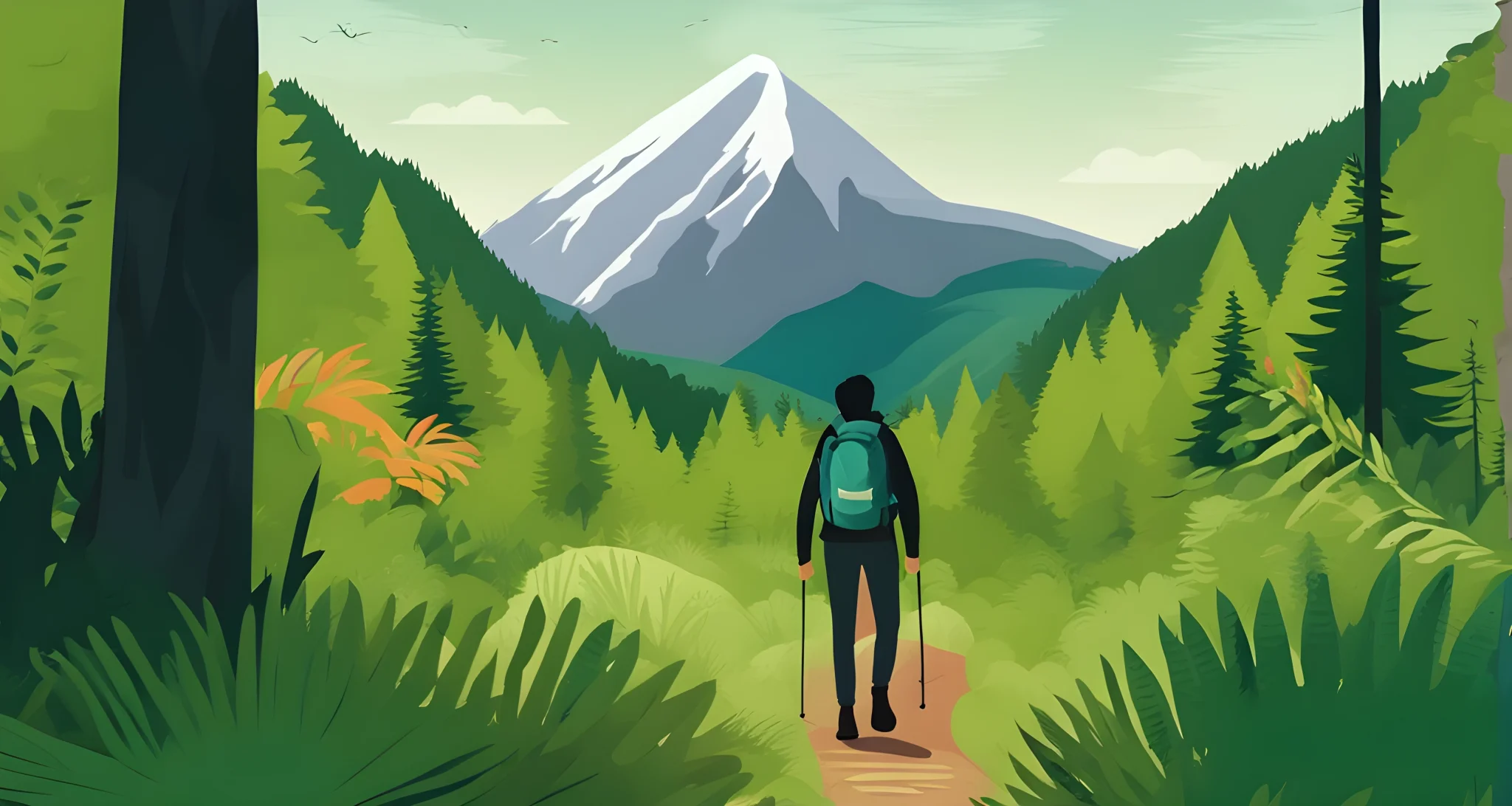
Refining Your Budget: General Categories and Subcategories
When refining your budget for a backpacking trip, it’s important to break down your expenses into general categories and subcategories to get a clear picture of where your money is going. This will help you identify areas where you can make adjustments and save money, ultimately allowing you to stick to your travel budget.
General Categories
- Accommodation: Look for budget-friendly options such as hostels, guesthouses, or camping facilities.
- Transportation: Consider using public transportation or walking to explore the destination. This can help save money on taxis or rental cars.
- Food: Sampling local street food or cooking your own meals can be a great way to save on food expenses while experiencing the local cuisine.
- Activities: Research free or low-cost activities such as hiking, visiting public parks, or exploring historical sites.
Subcategories
- Spain: A popular destination for backpackers with vibrant cities, beautiful beaches, and stunning national parks like the Picos de Europa. Consider subcategories such as accommodation in hostels or beachside campsites, transportation using trains or buses between cities, and food expenses for trying traditional Spanish dishes.
- Thailand: Known for its warm culture, delicious cuisine, and stunning natural beauty. Subcategories may include accommodation in budget-friendly guesthouses or bungalows, transportation via local tuk-tuks or ferries, and food expenses for sampling local street food.
It’s also important to consider specific activities and attractions unique to each destination when refining your budget. For example:
- In Spain, you may want to budget for activities such as exploring the historic streets of Barcelona or hiking in the Picos de Europa Budgeting Tips for Travelers.
- In Thailand, you might allocate funds for activities like visiting ornate temples in Chiang Mai or trekking through the lush jungles.
By breaking down your budget into these general categories and specific subcategories, you can gain better insight into where your money is being spent and make necessary adjustments to ensure that you stay within your travel budget. With careful planning and consideration of these factors, you can enjoy an unforgettable backpacking adventure without breaking the bank.
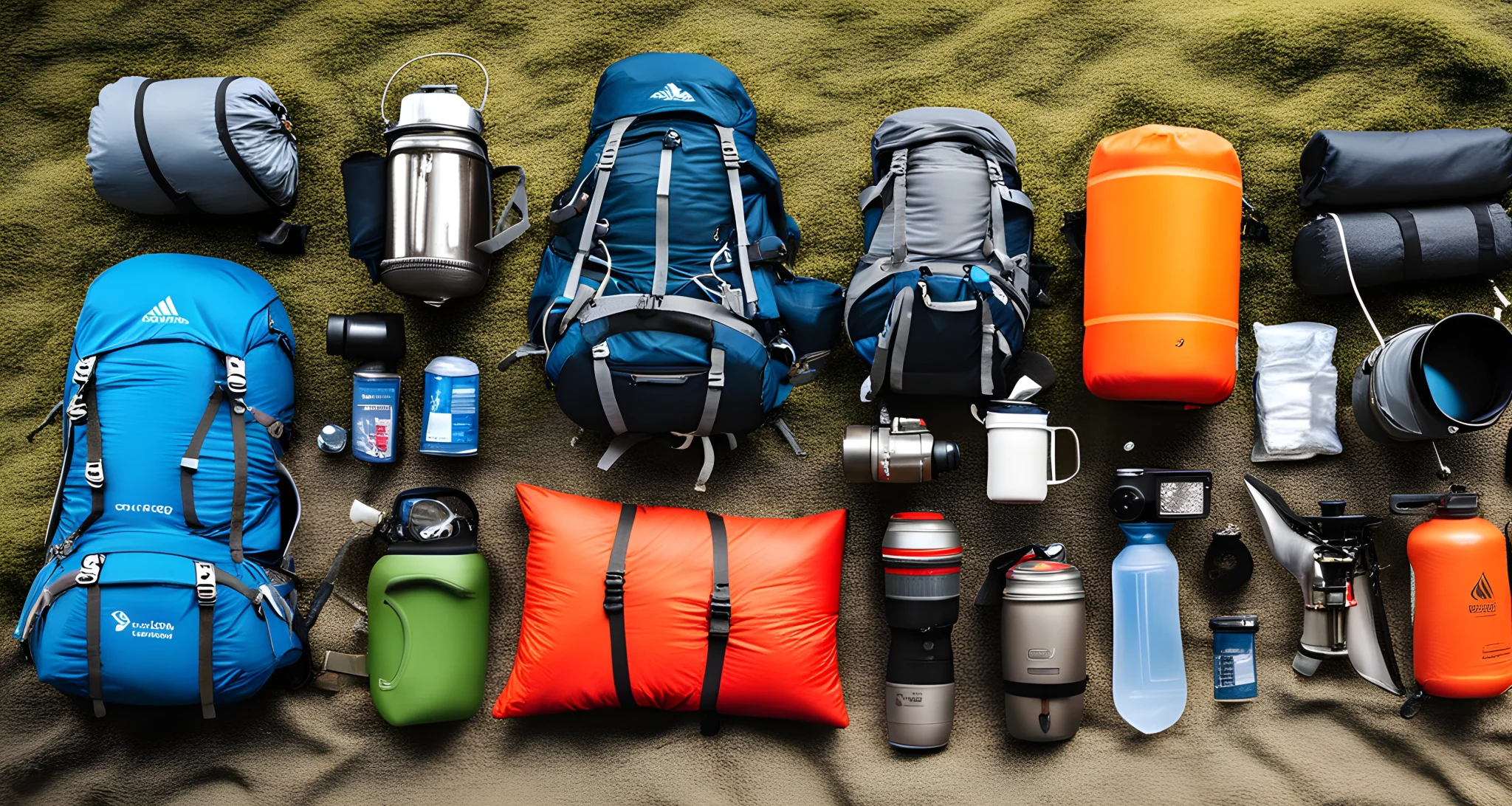
Budgeting by Item or Category
When planning a backpacking trip, budgeting is essential to ensure a successful and enjoyable adventure. One effective way to manage your expenses is by budgeting by item or category. This approach allows for a detailed breakdown of your expenses, helping you to better track and manage your spending. Here are some tips for effectively budgeting by item or category:
Consider various factors
- Time of year: Certain destinations may have peak seasons where prices are higher.
- Weather conditions: Be mindful of potential weather-related expenses, such as gear for extreme conditions.
- Local regulations: Some trails may have permit fees or restrictions on camping or hiking.
Creating a detailed travel budget spreadsheet
- Start by creating a comprehensive spreadsheet that lists all potential expenses, from transportation and accommodation to food and activities.
- Use categories such as "transportation," "accommodation," "food," "gear," and "miscellaneous" to organize your expenses.
Refining your budget
- General categories and subcategories: Break down each category further into subcategories, such as "flights," "bus/train fare," and "fuel" under transportation.
- This level of detail will help you identify areas where you can potentially save money.
Making adjustments as needed
- Regularly review your budget to track your actual spending against your projected expenses.
- Make adjustments as necessary, reallocating funds from one category to another if needed.
- Consider using any leftover funds for additional experiences or saving them for future trips.
By budgeting by item or category, you’ll have a clear understanding of where your money is going, allowing you to make informed decisions about your spending. This approach also enables you to prioritize your expenses based on what is most important to you during your backpacking adventure.
For more tips on budget travel, check out our article on Inexpensive street food treasures for delicious and affordable dining options while on the road.
With careful planning and budgeting, you can make the most of your backpacking trip without breaking the bank. Happy travels!
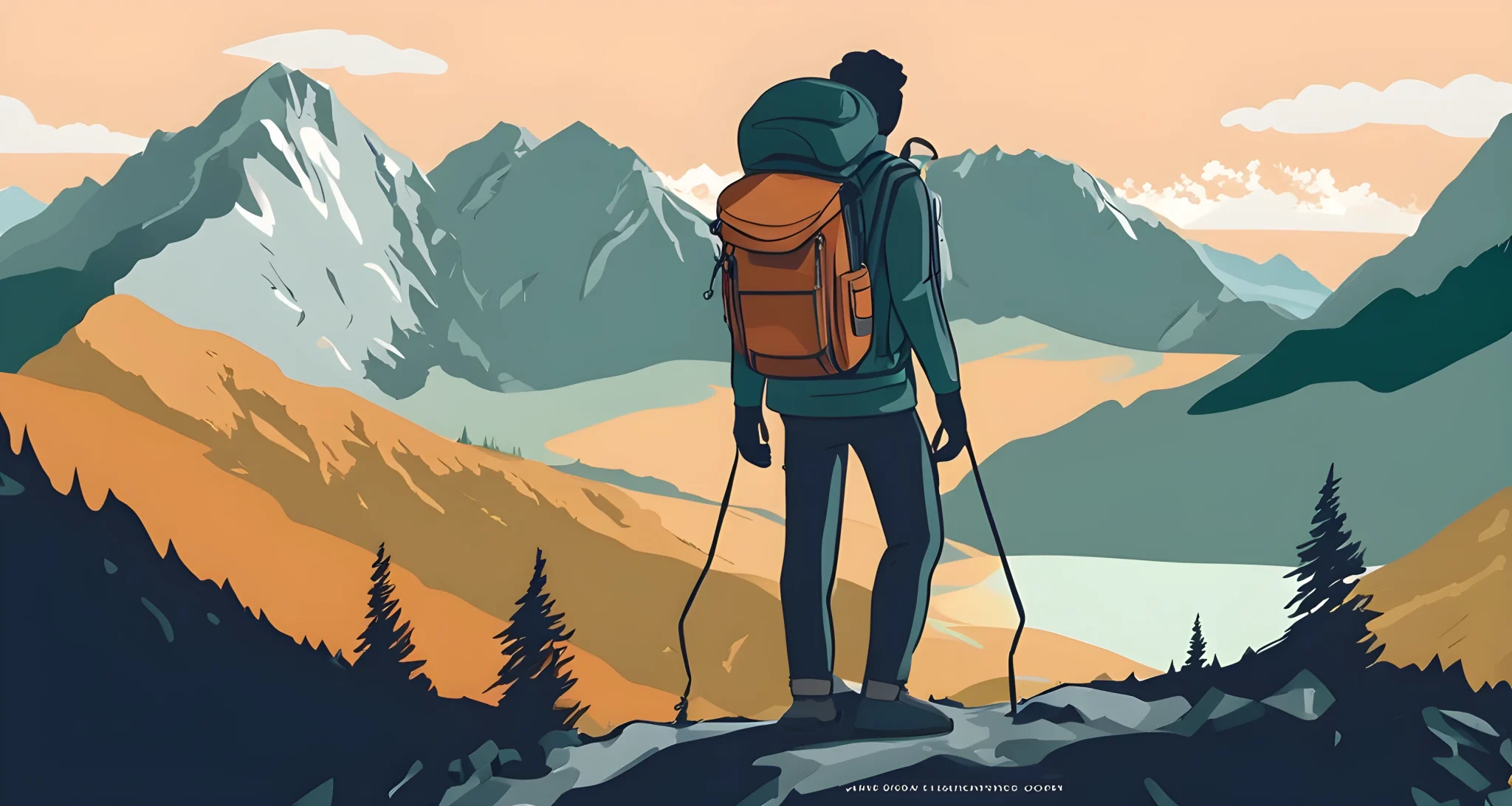
Making Adjustments As Needed
When embarking on a backpacking trip, it’s crucial to remain flexible and make adjustments to your budget as needed. This will allow you to adapt to unexpected expenses and changes in your travel plans, ensuring that you can make the most of your adventure without overspending.
Why Adjustments are Important
- Unforeseen Expenses: No matter how carefully you plan, there may still be unexpected costs that arise during your trip. Whether it’s a last-minute transportation change or a medical emergency, having the flexibility to adjust your budget will help you handle these situations without stress.
- Changing Circumstances: From fluctuating exchange rates to unforeseen changes in local regulations, various factors can impact the cost of your trip. Being able to make adjustments to your budget will help you navigate these changes smoothly.
How to Make Adjustments
- Regularly Review Your Budget: It’s essential to regularly review your travel budget spreadsheet and compare your actual expenses against your planned budget. This will help you identify areas where you may need to make adjustments.
- Prioritize Spending: If unexpected costs arise, consider reallocating funds from less essential categories to cover the additional expenses. For example, if you overspend on accommodation, you might cut back on dining out or entertainment.
- Look for Cost-Saving Opportunities: Keep an eye out for opportunities to save money as you travel. This could include opting for more affordable transportation options, seeking out free or low-cost activities, or finding budget-friendly dining options.
Staying Flexible
- Embrace the Spontaneity: Backpacking is all about embracing the unknown and being open to new experiences. This also applies to your budget – being flexible allows you to take advantage of unexpected opportunities without worrying about breaking the bank.
- Adjust Your Itinerary: If unexpected expenses put a strain on your budget, consider adjusting your itinerary to focus on more affordable destinations or activities. This can help you stretch your funds further without sacrificing the overall experience.
By remaining adaptable and making adjustments as needed, you can ensure that your backpacking adventure stays within budget while still being incredibly rewarding. For more tips on managing your travel finances, check out Inexpensive travel advice.
This section provides valuable insights into the importance of making adjustments as needed while backpacking. It emphasizes flexibility and prioritizing spending while offering practical tips for staying within budget.
FAQ
What are some popular backpacking routes in the united states?
Some popular backpacking routes in the united states include the john muir trail, the teton crest trail, and the wonderland trail, which offer breathtaking mountain vistas, pristine lakes, and diverse wildlife.
What are some popular international backpacking destinations?
Popular international backpacking destinations include southeast asia, central america, and europe. countries like spain and thailand offer a mix of affordability, rich cultural experiences, and diverse landscapes for backpackers to explore.
What factors should be considered when planning a backpacking trip?
When planning a backpacking trip, it is essential to consider factors such as the time of year, weather conditions, and local regulations. some trails may be inaccessible due to deep snow or heavy rainfall, while others may have specific restrictions on camping or hiking.
When is the best time to embark on a backpacking journey?
Late summer and early autumn are particularly popular for backpacking, as the weather is mild and the scenery is at its most vibrant. it’s important to consider the weather patterns of the specific destination when planning a backpacking trip.
What are some examples of stunning national parks for backpackers in spain?
Spain offers stunning national parks like the picos de europa, which is known for its beautiful landscapes, vibrant cities, and beautiful beaches. these are great spots for backpackers to explore and experience cultural immersion.
What makes thailand an iconic backpacking destination?
Thailand is known for its warm culture, delicious cuisine, and stunning natural beauty. backpackers can enjoy a range of routes, from leisurely strolls through picturesque villages to challenging treks through rugged mountains and dense forests.
How can backpackers ensure they are prepared for their backpacking trip?
It’s important for backpackers to thoroughly research their destination, pack appropriate gear, and be aware of local regulations and restrictions. proper preparation helps ensure a safe and enjoyable backpacking experience.
What are some examples of challenges backpackers may encounter during their journey?
Challenges backpackers may encounter include facing deep snow or heavy rainfall, navigating through rugged terrain, and coping with specific regulations or restrictions in certain areas. it’s important to be prepared for these challenges when planning a backpacking trip.
